Description
Domestic Waste Incinerator: Critical Technology for Clean and Efficient Waste Disposal
The Domestic Waste Incinerator is a specialized thermal treatment system designed to safely and efficiently dispose of household waste while minimizing environmental impact. By subjecting waste to high-temperature combustion, this advanced incinerator converts solid domestic waste into ash, flue gas, and heat energy, significantly reducing waste volume and eliminating harmful organic components.
This equipment plays a vital role in modern waste management strategies, especially in urban environments where land availability is limited and sustainable waste processing is a necessity. With sophisticated combustion and purification systems, the Domestic Waste Incinerator ensures that waste is not only destroyed but that emissions are treated to meet strict environmental standards.
Core Functional Principles of a Domestic Waste Incinerator
The incineration process involves two main stages: primary combustion of the waste and secondary combustion of the flue gases. When flue gas generated in the initial combustion chamber enters the high-temperature secondary combustion chamber, it undergoes full combustion due to optimal air mixing and turbulence introduced through tangential air and gas injection.
At temperatures exceeding 850°C, combustible gases and fly ash particles are incinerated completely, significantly reducing harmful emissions such as carbon monoxide and hydrocarbons. The residence time of over 2 seconds ensures regulatory combustion conditions are met, preventing delayed combustion and carbon escape.
Key Features and System Components
| Function | Description |
|---|---|
| Complete Combustion | Ensures thorough burning of flue gas and fly ash particles, thanks to high-temperature and tangential airflow design. |
| Dust Removal by Airflow | Rotational air currents remove particulates from the gas stream before emission. |
| Tail Gas Purification | Equipped with a dry purification system that adsorbs hydrogen chloride, sulfur oxides, and odors. |
| Acid Gas Neutralization | Uses calcium hydride filter bricks to neutralize acidic gases and meet emission standards. |
| Environmental Compliance | Meets national standards such as GB18484–2001 for hazardous waste incineration. |
Application Scenarios
The Domestic Waste Incinerator is applicable in diverse urban and rural settings, particularly where conventional landfill use is impractical or environmentally unsustainable.
Municipal Waste Disposal Facilities
Handles the bulk of household garbage in city sanitation systems, reducing landfill dependence.
Community Waste Management Centers
Ideal for apartment complexes, residential communities, and villages seeking localized waste disposal solutions.
Hospitals and Healthcare Facilities
While primarily for domestic waste, with proper pre-sorting, the incinerator can process general hospital refuse under controlled conditions.
Remote or Island Locations
Solves the challenge of waste accumulation in regions with limited access to landfills or waste transfer stations.
Advantages of the Domestic Waste Incinerator
-
Drastically Reduces Waste Volume
Converts waste into sterile ash, reducing original volume by up to 90%. -
Minimizes Greenhouse Gas Emissions
Full combustion limits methane and carbon monoxide release compared to landfilling. -
Complies with Strict Environmental Standards
Meets GB18484–2001 and other international regulations on air quality and emissions. -
Prevents Soil and Water Contamination
Eliminates landfill leachate concerns by avoiding traditional waste burial. -
Highly Efficient Thermal Processing
Supports continuous operation with consistent performance across various waste types.
Tail Gas Treatment and Emission Control
The incinerator’s flue gas purification system plays a pivotal role in ensuring clean emissions. Through a dry tail-gas purification process, hazardous components such as:
-
Hydrogen chloride (HCl)
-
Sulfur oxides (SOx)
-
Odorous organic gases
…are chemically adsorbed and neutralized. Calcium hydride filter bricks are employed to capture acidic gases, ensuring emissions are safely below national thresholds. This contributes to improved air quality and minimizes health risks for surrounding populations.
Summary
The Domestic Waste Incinerator is not just a waste disposal machine—it’s a strategic environmental tool that enhances urban sustainability, reduces health hazards, and aligns with modern waste management goals. Through complete combustion and advanced emission control, it ensures that domestic waste is treated efficiently, cleanly, and in full compliance with environmental regulations.



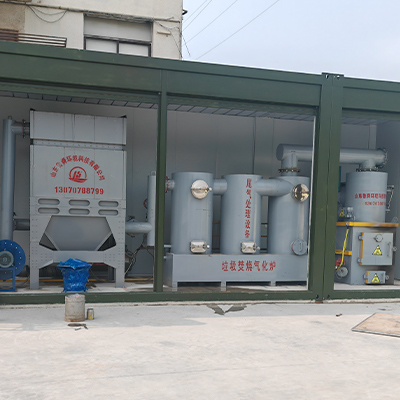
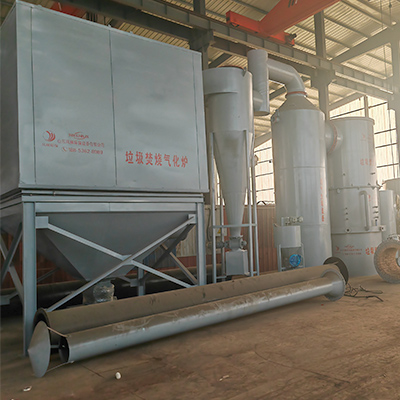
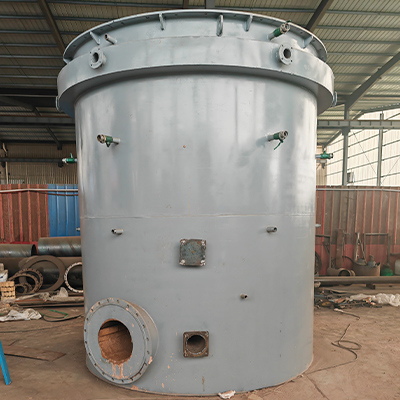
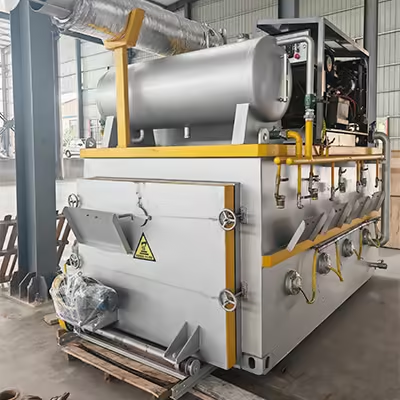
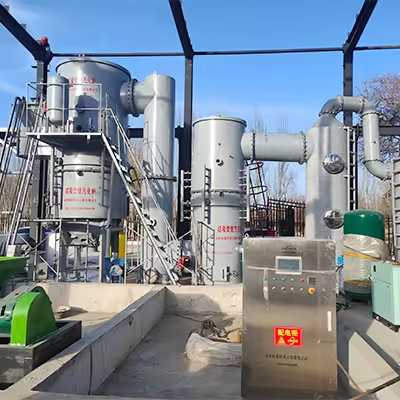
Reviews
There are no reviews yet.